When disaster strikes or the power goes out, your fridge may be the first casualty—but that doesn’t mean your food supply has to suffer. Preppers know the secret to long-term food security lies in shelf-stable staples that can outlast chaos, power outages, and even time itself. From naturally preserved sweeteners to protein-packed essentials and centuries-old survival foods, these pantry heroes defy expiration dates. Whether you’re preparing for a natural disaster, economic uncertainty, or just want peace of mind, these 22 prepper-approved foods are built to last. Ready to future-proof your pantry? These practically immortal staples deserve a permanent place.
1. Honey: Nature’s Eternal Sweetener
Archaeologists have found perfectly edible honey in ancient Egyptian tombs over 3,000 years old! This remarkable shelf life comes from honey’s unique chemical makeup—its low moisture content and natural acidity create an environment where bacteria simply can’t survive.
When honey crystallizes, don’t toss it out. This natural process doesn’t mean it’s spoiled. Simply place the container in warm water to restore its liquid state.
Beyond sweetening foods, honey serves as a natural preservative, cough suppressant, and even a topical treatment for minor wounds and burns in emergency situations.
2. Salt: The Original Preservative
Before refrigeration existed, salt was literally worth its weight in gold because of its preservation powers. This mineral never spoils, making it perhaps the most reliable item in any prepper’s pantry.
Beyond enhancing flavor, salt plays a crucial role in food preservation. It draws moisture out of foods, creating an environment hostile to bacteria and other spoilage organisms.
Stock different varieties—table salt for everyday use, kosher salt for curing meats, and sea salt for mineral content. In true emergencies, salt also becomes valuable for bartering and treating minor wounds.
3. White Rice: The Versatile Staple
White rice outlasts its brown counterpart by decades because the bran and germ (which contain oils that can go rancid) have been removed. When properly stored in airtight containers with oxygen absorbers, white rice can remain edible for 25-30 years!
This neutral-tasting grain adapts to countless recipes across various cuisines. It provides quick energy through its carbohydrate content while serving as a foundation for countless meals.
For maximum shelf life, store rice in food-grade buckets with gamma seal lids. The addition of a few bay leaves helps deter weevils and other pests that might otherwise infest your supply.
4. Sugar: Sweet Security
Like its cousin salt, sugar lasts indefinitely when kept dry. White, brown, and powdered varieties all offer exceptional shelf life, though brown sugar may harden over time (easily fixed by adding a slice of bread to the container).
Beyond sweetening foods and beverages, sugar serves as a preservative for fruits and can help medicine go down in emergency situations. Its calorie-dense nature provides quick energy when needed most.
Store sugar in airtight containers to prevent moisture absorption and ant invasions. For truly long-term storage, consider vacuum-sealed mylar bags inside food-grade buckets for protection against the elements.
5. Pure Vanilla Extract: Eternal Flavor
The secret to vanilla extract’s impressive shelf life lies in its alcohol content. At 35% alcohol or higher, pure vanilla extract creates an environment where bacteria simply can’t survive, allowing it to maintain its flavor profile for decades.
Quality matters with vanilla extract—artificial versions don’t offer the same longevity or depth of flavor. The real stuff actually improves with age, developing more complex notes over time.
Beyond baking, vanilla extract serves as a natural air freshener in emergencies and can even help soothe minor burns. Its familiar aroma provides psychological comfort during stressful situations—a benefit not to be underestimated.
6. Maple Syrup: Liquid Gold
Real maple syrup’s high sugar content creates a hostile environment for bacteria, giving it remarkable staying power. Once opened, it can last years in a cool, dark pantry—though vacuum-sealing unopened bottles extends shelf life indefinitely.
Native Americans discovered this sweet tree sap long before European settlers arrived. The process of reducing 40 gallons of sap to create just one gallon of syrup explains its traditional value as a concentrated energy source.
Beyond pancakes, maple syrup serves as an excellent sugar alternative in recipes. Its distinctive flavor adds depth to marinades, glazes, and even homemade energy bars—perfect for emergency situations requiring quick calories.
7. Corn Syrup: Baking Insurance
While often vilified in modern nutrition discussions, corn syrup earns its place in prepper pantries thanks to its extraordinary shelf stability. Unopened bottles last virtually forever, while even opened containers remain usable for years when properly sealed.
Corn syrup prevents sugar crystallization in candy-making and creates smoother textures in frozen desserts—skills that translate to comfort food preparation during extended emergencies. Its moisture-retention properties keep baked goods fresher longer when conventional preservatives aren’t available.
The light variety offers neutral sweetness, while dark corn syrup provides more robust flavor similar to mild molasses. Both versions deliver quick energy through readily available carbohydrates—a critical consideration during physical stress.
8. Cornstarch: The Versatile Thickener
This unassuming powder transforms thin liquids into hearty gravies and sauces—a skill that makes humble emergency rations feel more satisfying. When stored in airtight containers away from moisture, cornstarch maintains its thickening power indefinitely.
Beyond cooking, cornstarch serves multiple practical purposes in emergency situations. It works as a dry shampoo, anti-chafing powder, and even helps relieve minor skin irritations when conventional products aren’t available.
The neutral flavor makes cornstarch preferable to flour for thickening delicate sauces and fruit fillings. Just remember the golden rule: always mix with cold water before adding to hot liquids to prevent clumping in your emergency meals.
9. Vinegar: Acidic Preserver
Vinegar’s high acidity creates an environment where harmful bacteria simply cannot survive. Both white distilled and apple cider varieties last indefinitely, though the latter may develop a harmless “mother” culture that actually indicates quality.
Ancient civilizations discovered vinegar’s preservative powers thousands of years ago. Today, preppers value it for pickling garden surplus, creating shelf-stable condiments, and even making effective cleaning solutions when commercial products become unavailable.
Apple cider vinegar offers additional health applications, from soothing sore throats to treating minor skin irritations. White vinegar excels at cleaning and disinfecting—crucial capabilities during extended emergencies when sanitation becomes increasingly important.
10. Dried Beans & Lentils: Protein Powerhouses
Cultures worldwide have relied on dried legumes as survival food for thousands of years. These protein-packed staples contain minimal moisture, naturally extending their shelf life to decades when properly stored in oxygen-free environments.
The variety available is staggering—from quick-cooking lentils to hearty kidney beans. Each offers different nutritional profiles and cooking characteristics, providing welcome variety during extended emergencies when food fatigue becomes a real psychological challenge.
Older beans may take longer to cook and require pressure cooking to become tender. This makes a non-electric pressure cooker a wise companion investment for preppers serious about including legumes in their long-term food strategy.
11. Pasta: Shelf-Stable Satisfaction
The ancient Romans carried dried pasta on military campaigns because of its remarkable durability and easy preparation. Modern preppers appreciate these same qualities, along with pasta’s incredible 30-year shelf life when stored in oxygen-free environments.
Pasta’s versatility cannot be overstated. It serves as the foundation for countless meals across various cultural traditions, helping to prevent food monotony during extended emergencies. Its familiar comfort factor also provides psychological benefits during stressful situations.
While whole grain varieties offer more nutrition, they contain oils that can go rancid. For truly long-term storage, stick with regular semolina pasta, which trades some nutritional value for significantly extended shelf stability.
12. Rolled Oats: Breakfast Insurance
Unlike quick oats, which have been processed further, traditional rolled oats retain more nutritional value while still boasting an impressive 30-year shelf life when properly stored. Their combination of complex carbohydrates, protein, and fiber provides sustained energy during challenging circumstances.
Beyond breakfast, oats serve as a versatile ingredient in emergency cooking. They can thicken soups, extend ground meat, and form the base for cookies and fruit crisps—comfort foods that boost morale during extended crises.
For maximum longevity, store oats in airtight containers with oxygen absorbers. The addition of bay leaves helps deter pantry moths that might otherwise infest your supply over long storage periods.
13. Hardtack: Survival Biscuits
Civil War soldiers carried these simple flour-and-water biscuits in their rucksacks for months at a time. When properly made and stored, hardtack can remain edible for decades—earning it the nickname “molar breakers” among historical military units.
The extreme durability comes from the twice-baked preparation method that removes virtually all moisture. Modern preppers typically soften hardtack in coffee, soup, or milk before consumption, though it can be eaten dry in true emergencies.
Making your own hardtack provides an educational family activity while building emergency supplies. The basic recipe hasn’t changed in centuries: flour, water, and salt mixed, rolled flat, punctured to prevent bubbling, and baked until completely dry.
14. Powdered Milk: Dairy Insurance
Regular powdered milk lasts about 2-4 years, but freeze-dried varieties can remain viable for two decades or more. The removal of moisture and oxygen creates an environment where bacteria simply cannot multiply.
Beyond reconstituting as a beverage, powdered milk serves countless culinary purposes in emergency situations. It provides protein and calcium for baking projects, creamy additions to soups, and nutritional boosts to hot cereals when fresh dairy isn’t available.
For maximum shelf life, store powdered milk in airtight containers with oxygen absorbers. Breaking your supply into smaller packages prevents repeated exposure to air and moisture that would otherwise shorten the usable life of your entire stockpile.
15. Peanut Butter: Protein-Packed Energy
Commercial peanut butter contains stabilizers that extend shelf life to 2 years or more—well beyond the “best by” date on the jar. For truly long-term storage, powdered peanut butter lasts up to 15 years and takes up significantly less space in your emergency pantry.
The high fat and protein content make peanut butter an excellent survival food, providing concentrated energy and satiety. Just two tablespoons deliver around 8 grams of protein and nearly 200 calories.
Natural versions separate and require refrigeration after opening, making them less ideal for emergency situations. Stick with commercial varieties containing palm oil or hydrogenated oils if your priority is maximum shelf stability without refrigeration.
16. Bouillon Cubes: Concentrated Flavor
These humble flavor bombs transform plain water into satisfying broth thanks to their high salt content—the very same property that gives them their impressive shelf life. Properly stored bouillon cubes remain usable for 2+ years, though they maintain flavor for much longer.
Beyond soup bases, bouillon adds depth to rice, beans, and bland emergency rations. The psychological comfort of a hot, flavorful broth shouldn’t be underestimated during stressful situations when food options become limited.
Modern versions come in low-sodium and vegetarian options, allowing for dietary customization even in emergency scenarios. Their compact size makes bouillon an efficient addition to bug-out bags and vehicle emergency kits where space remains at a premium.
17. Ghee: Shelf-Stable Butter
Traditional cultures developed ghee (clarified butter) thousands of years before refrigeration existed. By removing milk solids and water content, ghee remains shelf-stable for years without refrigeration—even in warm climates.
The rich, nutty flavor enhances emergency meals that might otherwise taste bland or uninspiring. Its high smoke point makes ghee ideal for cooking when temperature control might be difficult, such as over campfires or improvised heat sources.
Commercial ghee lasts 9-12 months unopened, but properly prepared homemade versions stored in sterilized glass jars can remain usable for 2+ years. The golden liquid solidifies in cooler temperatures but melts quickly when needed without affecting quality.
18. Soy Sauce: Fermented Flavor Enhancer
Ancient Chinese cultures discovered that fermenting soybeans created a remarkably shelf-stable seasoning. Modern commercially-produced soy sauce maintains this tradition, remaining viable for years past its “best by” date thanks to its high salt content and natural fermentation.
Beyond Asian cuisine, soy sauce adds depth to soups, stews, and marinades. Its umami-rich profile helps mask the flavor of unfamiliar or less-palatable emergency foods that might become necessary during extended crises.
Traditional fermented varieties offer more complex flavor and potentially beneficial probiotics compared to chemically produced versions. For maximum shelf life, choose naturally brewed soy sauce in glass bottles rather than plastic containers that might degrade over time.
19. Dried Corn & Popcorn Kernels: Versatile Grains
Native American cultures preserved corn through drying long before European contact. When properly stored in airtight containers with oxygen absorbers, whole dried corn kernels remain viable for decades—serving multiple purposes in emergency scenarios.
Popcorn kernels pull double duty in prepper pantries. They provide entertainment value as a familiar snack while also serving as a source of whole grain nutrition when ground into cornmeal for bread, mush, or polenta.
The remarkable shelf life comes from the protective hull that seals moisture inside each kernel. This natural packaging only fails when heated rapidly, creating the pressure that transforms the kernel into the fluffy treat we recognize—or when moisture levels drop too low after improper storage.
20. Dark Chocolate & Cocoa Powder: Morale Boosters
High-quality dark chocolate (70%+ cacao) develops a white “bloom” as cocoa butter migrates to the surface—but remains perfectly safe to eat for years. The higher the cacao percentage, the longer the shelf life, with some properly stored varieties lasting 5+ years.
Cocoa powder offers even greater longevity, remaining viable for decades when kept in airtight containers. Its concentrated flavor requires minimal space while providing the psychological comfort of chocolate flavor during stressful situations.
Beyond morale-boosting treats, dark chocolate provides quick energy, antioxidants, and even caffeine—potentially useful during emergencies requiring sustained alertness. The fat content in chocolate also helps absorption of fat-soluble vitamins from other emergency foods.
21. Dried Fruit: Sweet Nutrition
Ancient cultures dried seasonal fruits to preserve summer abundance through winter months. Modern preppers continue this tradition, recognizing that properly dehydrated fruits (with less than 20% moisture) remain edible for 5+ years when vacuum-sealed.
Beyond natural sweetness, dried fruits provide concentrated fiber, vitamins, and energy. Their familiar flavors offer psychological comfort during emergencies while their nutritional profiles complement other long-term storage foods like beans and grains.
Commercial varieties often contain added sulfites that extend shelf life but may cause reactions in sensitive individuals. Home dehydration gives you control over additives while creating emergency food supplies from seasonal abundance—a key self-sufficiency skill.
22. Canned Goods: Commercial Convenience
Napoleon Bonaparte offered a substantial prize to anyone who could develop food preservation methods for his armies—leading directly to the invention of canning. Modern commercial canning processes create foods that remain safe and nutritious well beyond their “best by” dates.
Low-acid foods like meats and vegetables typically remain viable for 2-5 years, while high-acid items like tomatoes and fruits last 1-2 years. However, properly stored cans often remain safe for consumption much longer, with their quality gradually declining rather than becoming unsafe.
Date your canned goods and implement a rotation system to maintain freshness. Discard any cans showing signs of damage, rust, bulging, or leaking—these visual indicators warn of potential spoilage regardless of the date.
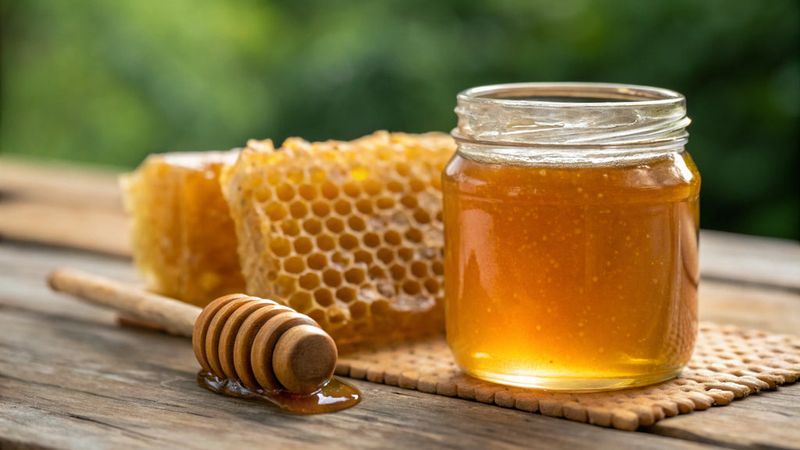
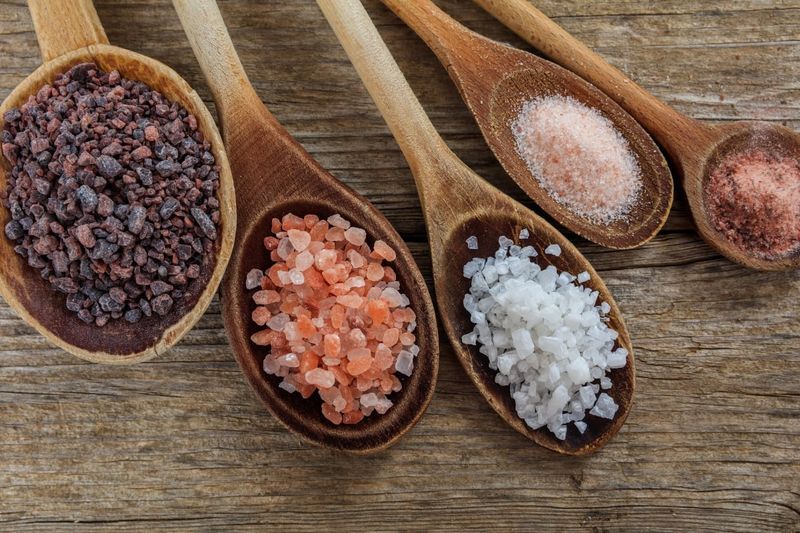
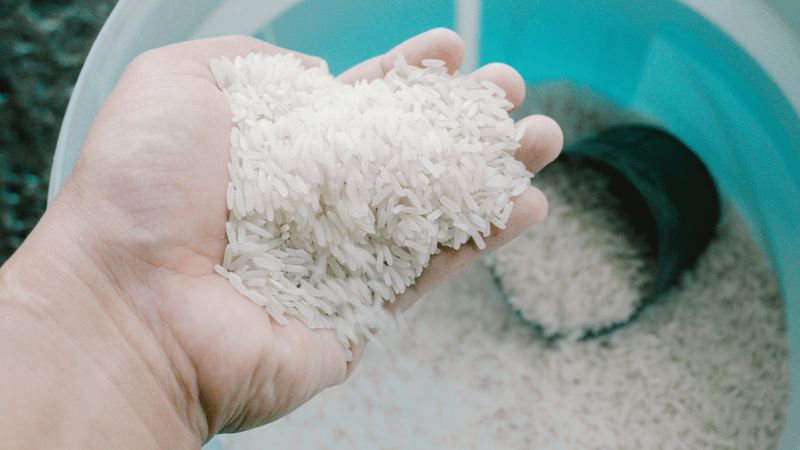

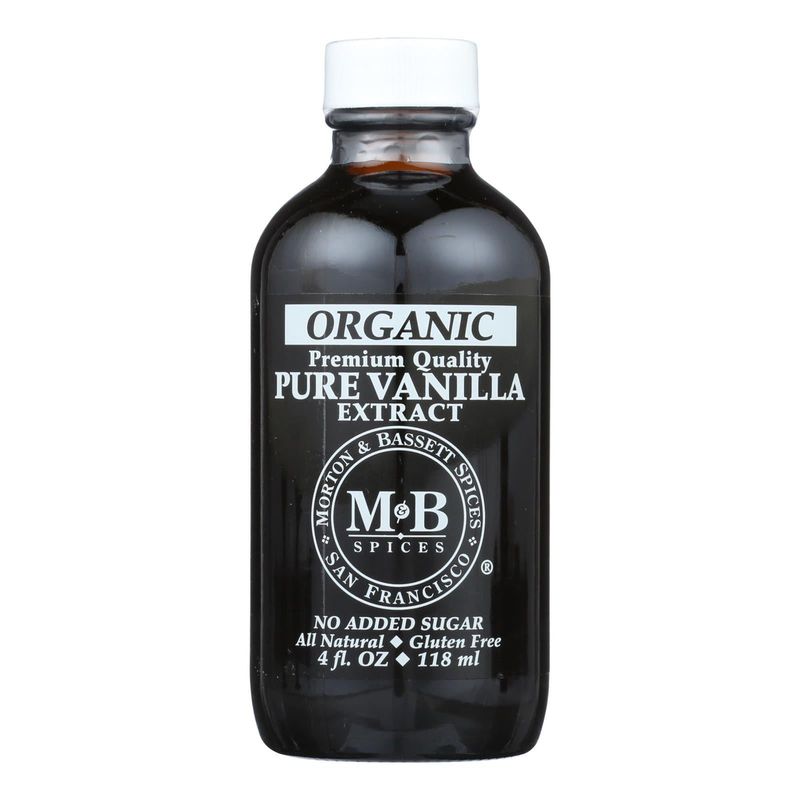
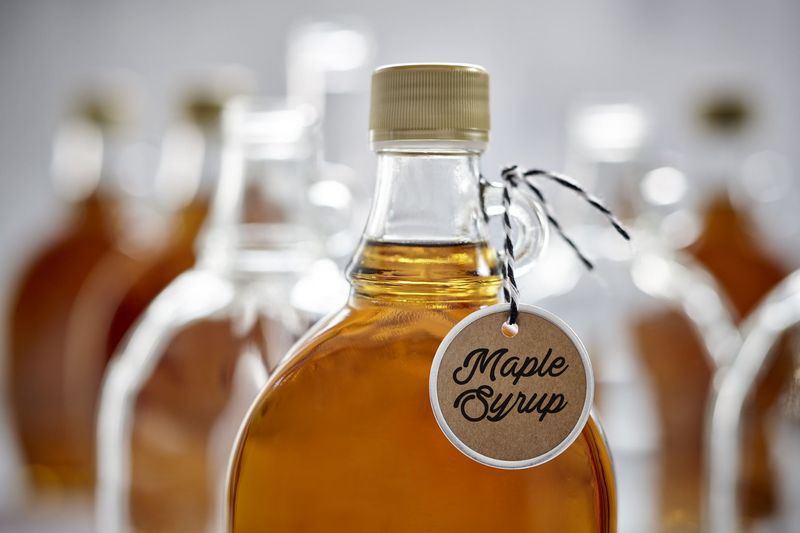
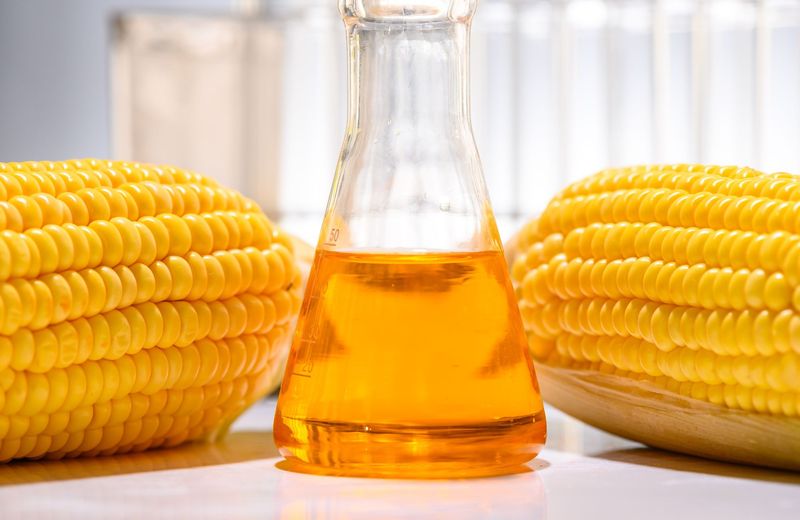
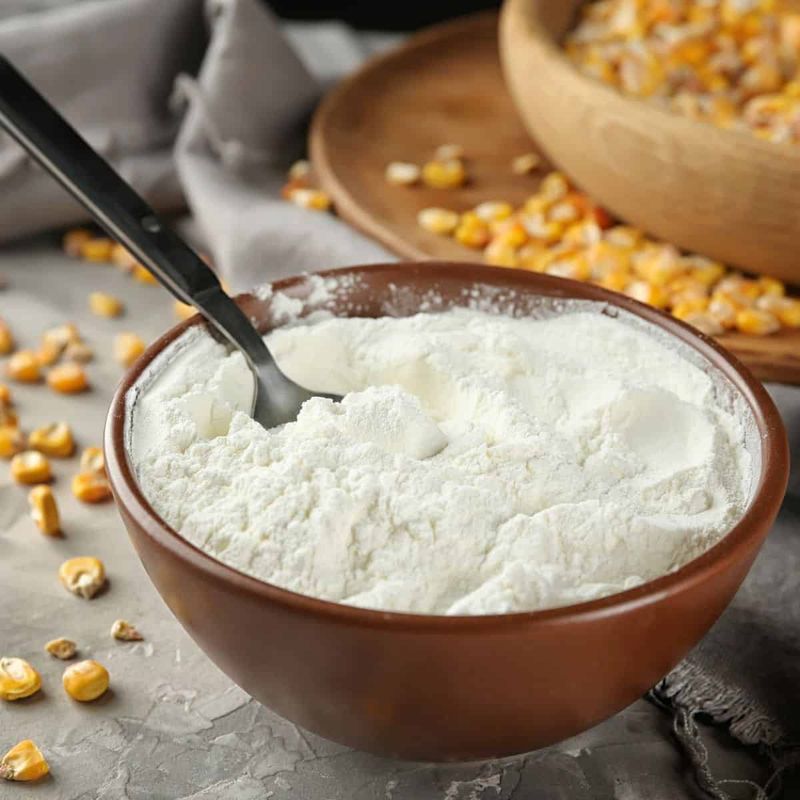
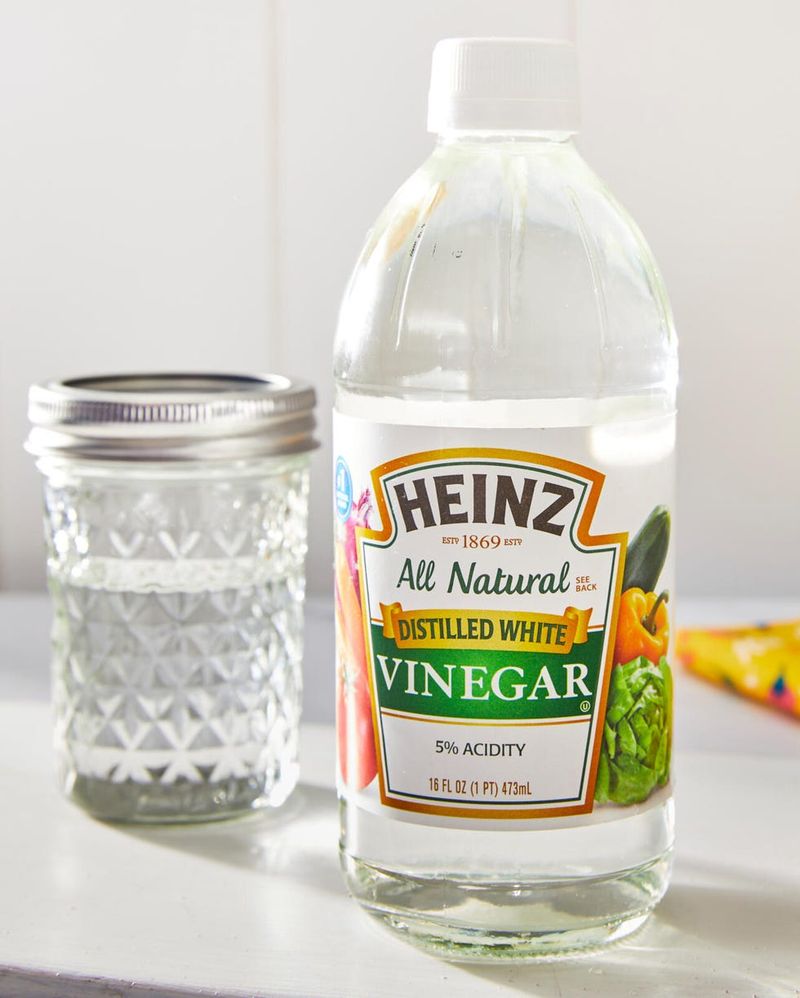
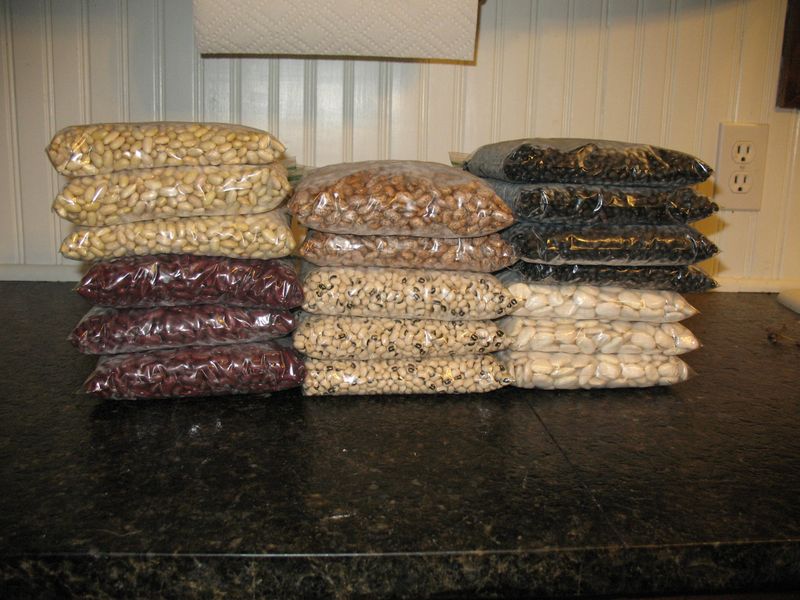
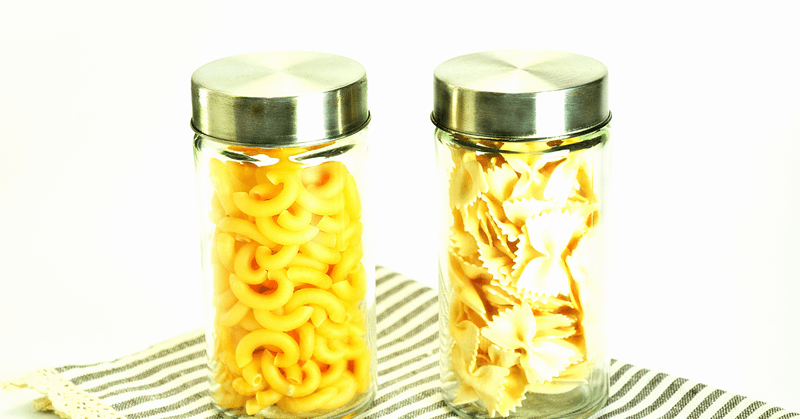
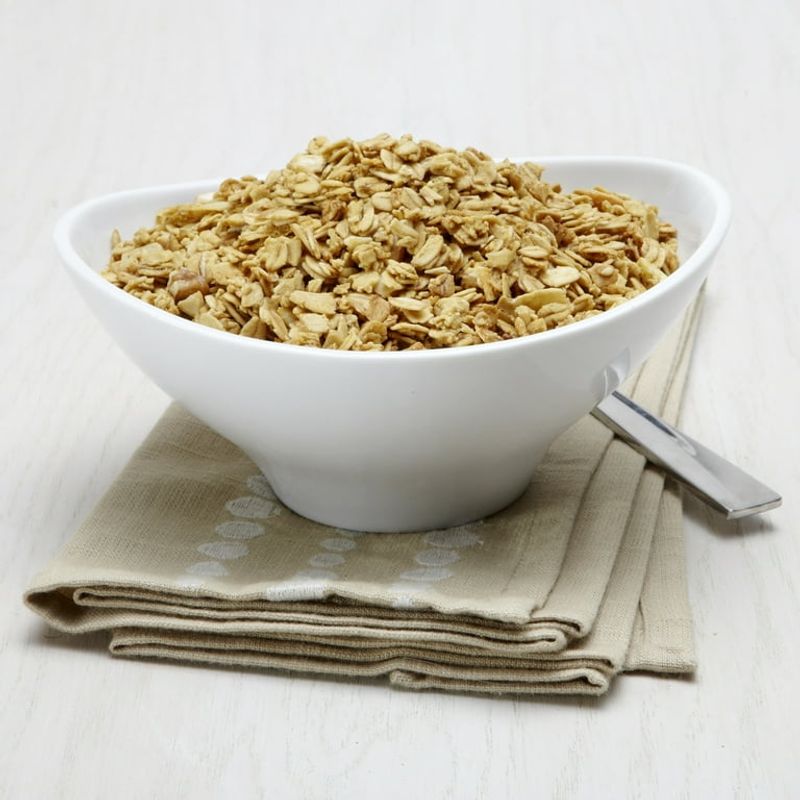

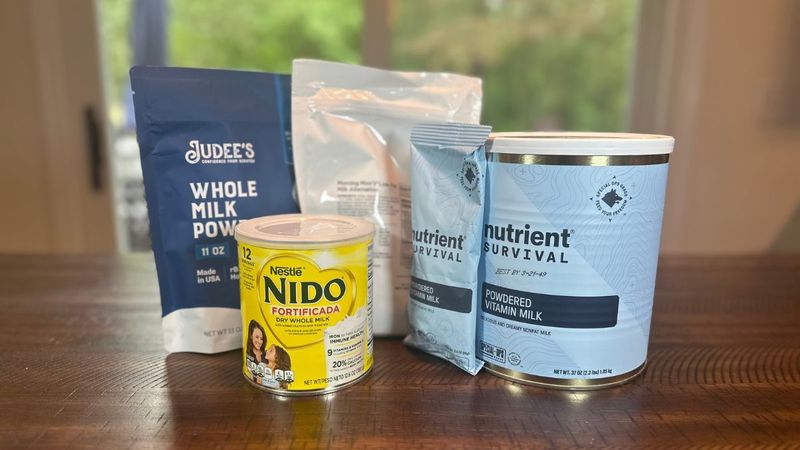
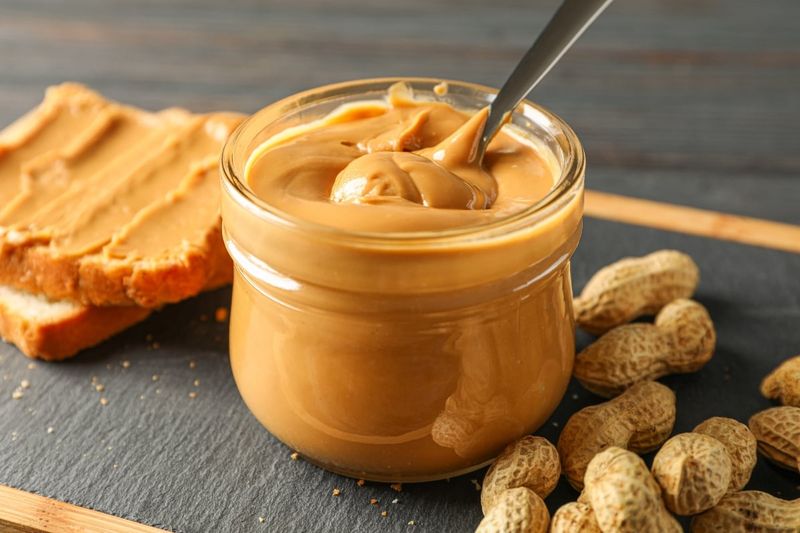
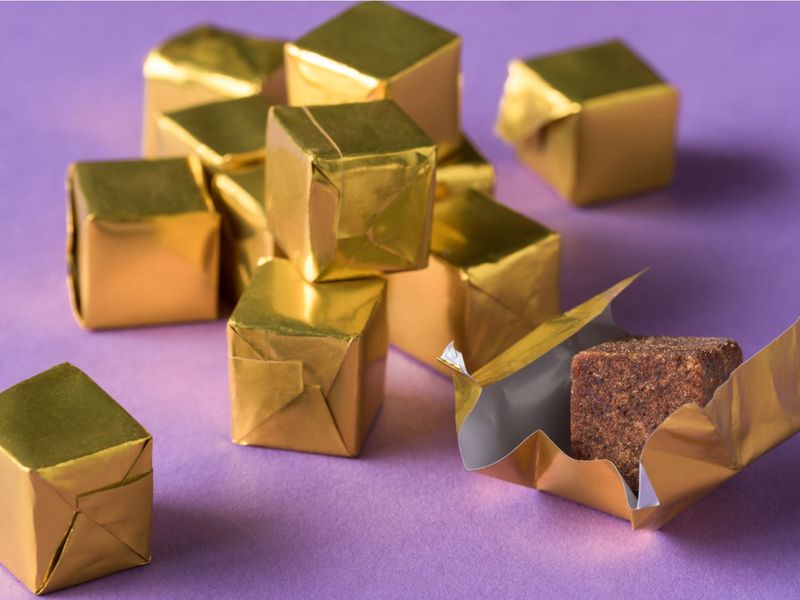
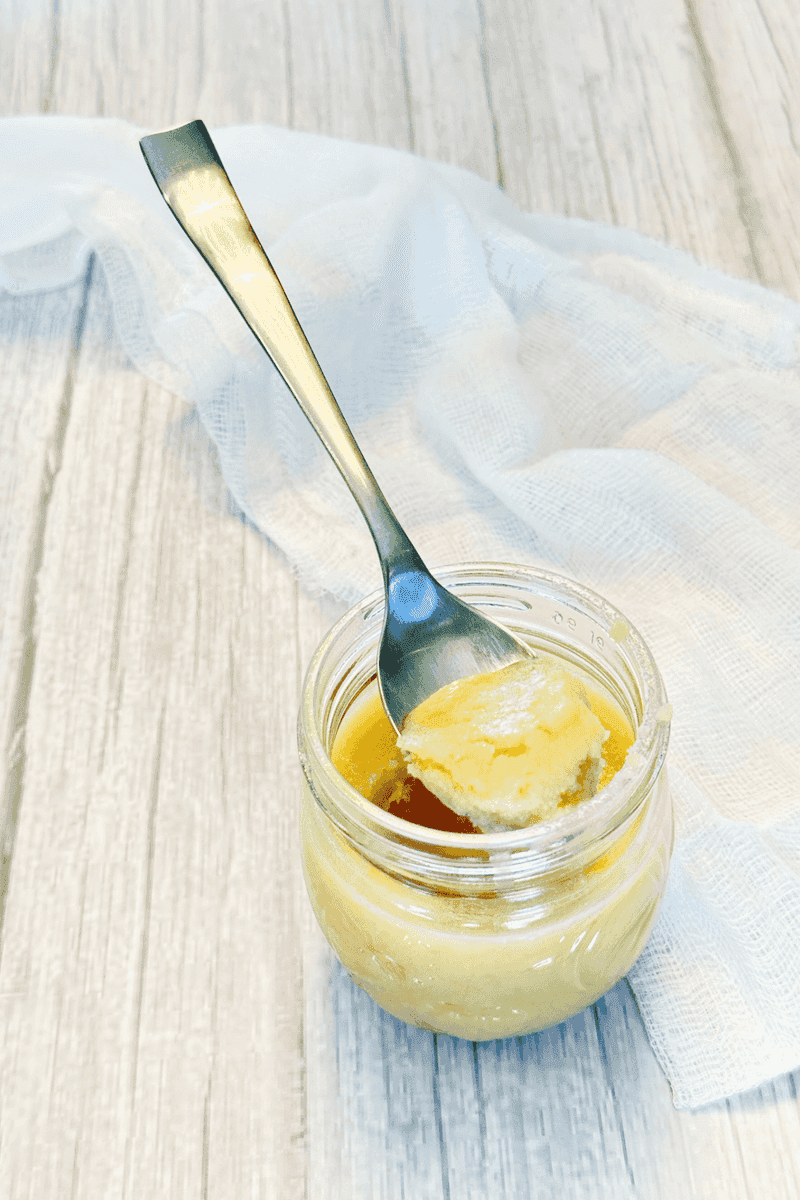
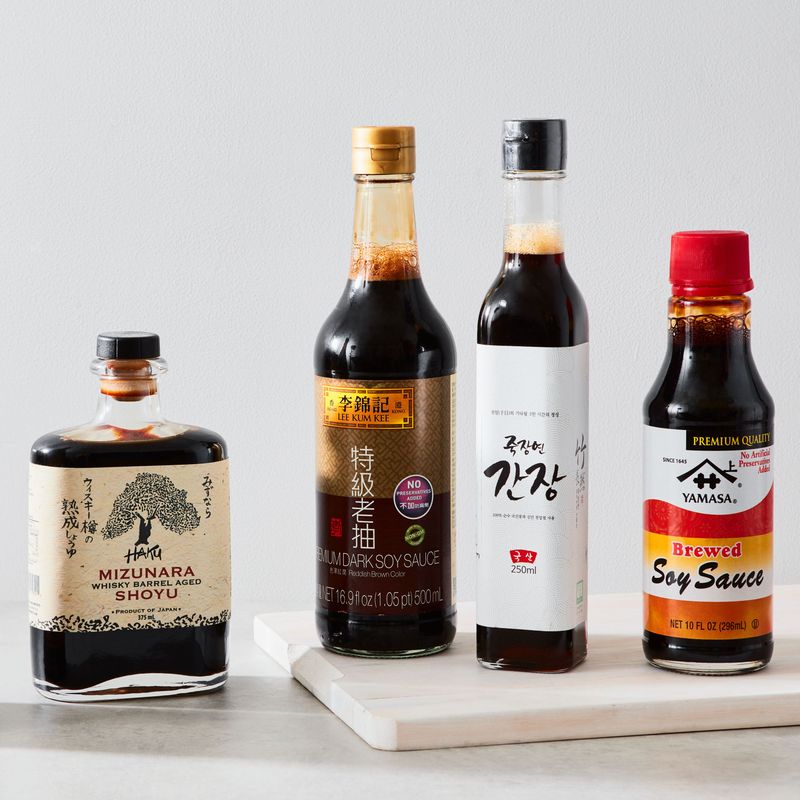
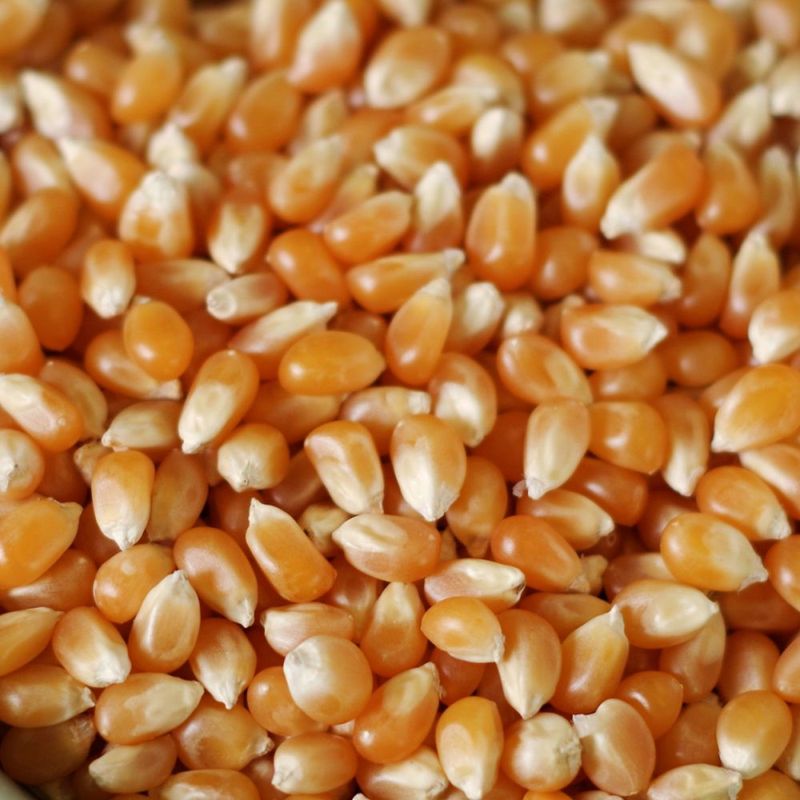
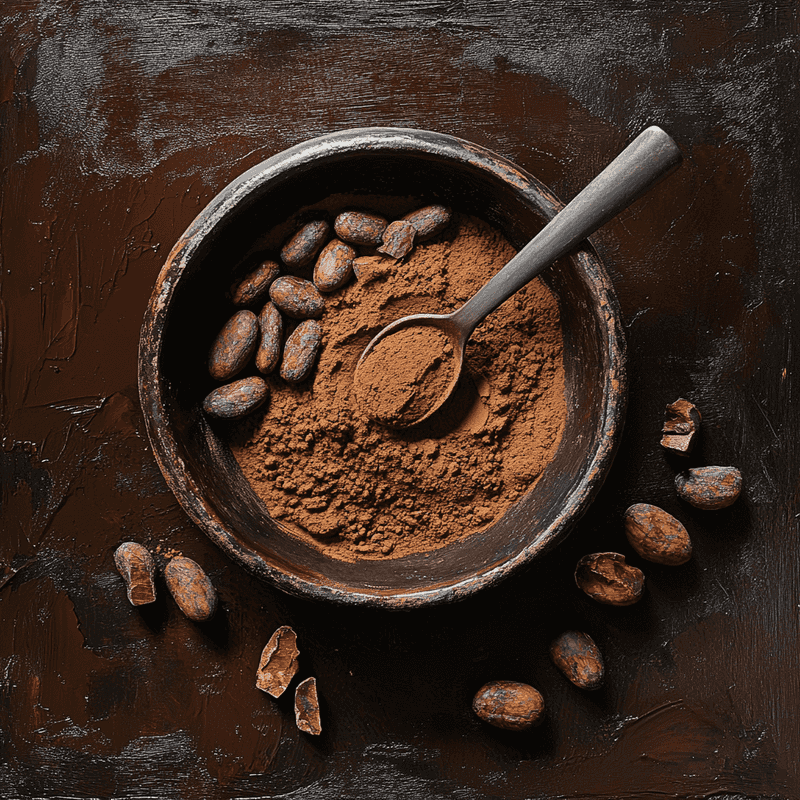
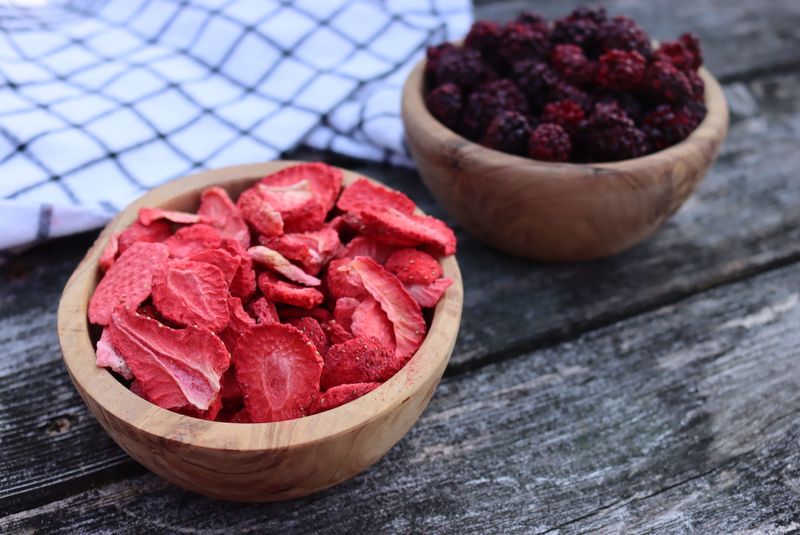
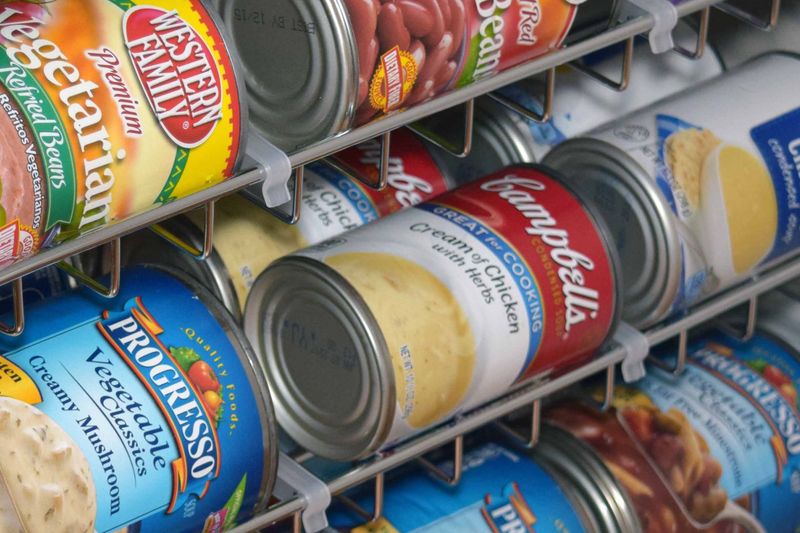
Leave a comment